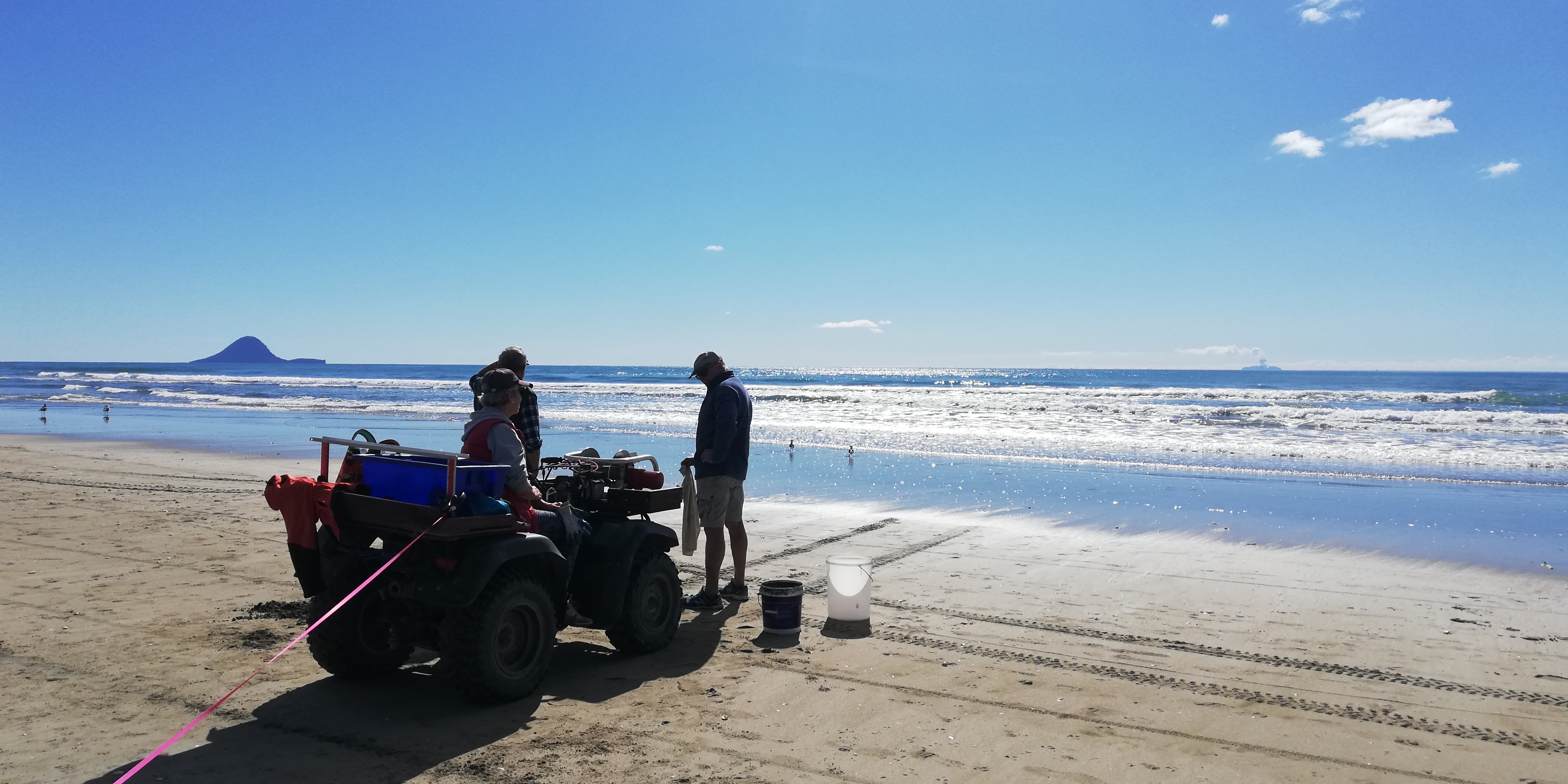Can't see the place you're looking for?
North Island:
South Island:
Thames:
Tairua:

Slow Fish in the Fast Age
Posted by —
eatnewzealand
Published —
23.09.2020
As an island nation, we are born ocean lovers, surrounded by sea at every corner.
One would expect that this would naturally translate to having vibrant and sustainable local fishing communities within every coastal settlement, but such communities can be difficult to find.
Food is quite literally our lifeblood, just as kaimoana is inherent in the Kiwi psyche. People today are increasingly wanting to know not only where their kai comes from but how it is produced/sourced, the environmental impacts as well as how far it has travelled to reach their plate, and this includes our fish and seafood.
Wouldn’t it be incredible to know where our kaimoana came from, to know the methods in which it was caught, and to know that the fishers were doing their part in protecting our fish stocks by learning each species seasonality, and so much more.
Enter the Slow Fish movement, which is founded on three key tenets of fish being good, clean and fair.
The Good is where we see fish being sourced locally, and utilising the underused species. Here in Whakatāne in the Bay of Plenty we are incredibly lucky to have a local fishing company supplying the community with a variety of freshly caught local fish. And whilst I have not been able to get a comment on the fishing practices, I can see the positive impact having a local fisher in the community has, including seeing their offering of ‘free fish frames’ being incredibly well received. An offering that not only benefits the locals, but one that is reducing waste from an industry with a huge amount of waste.
The Clean is seafood sourced using sustainable methods that respect not only the environment, and the fish stocks but also human health.
The Fair sees us sourcing seafood from artisanal and local fishers (that don’t adhere to cruel practises), as well as fish that is sold at a price that is right for consumers and provides the fishers fair payment. In this idea it becomes incredibly important to #knowyourfisher, giving you clarity on the where’s, what’s and how’s of a catch.
Local locakdown kaimoana
Over the hill from Whakatāne at Ōhope beach it is a common sight to see local fisherman setting up their lines. During lockdown when our local fishmonger was closed, and the supermarkets were not selling wet fish, recreational fishing was the only option. A walk on the beach would see you passing a wide range of fishers, from locals on kayaks (level 3 and after) just past the breakers, fisherman in waders with their surfcasting lines, to the multitude of torpedo’s and their bright orange flags heading out through the waves towards Whakaari. The catches during this time were surprisingly abundant, whether this was due to no boats being allowed out and hence no trawlers making their way across the horizon each day, or to do with the seasons I cannot say. But it showcased the importance of local fishing, of small catches, of taking only what you need, and of protecting and preserving our incredible marine environment for generations to come.
Words and images by Kaitaki Collective member Abby Lawrence - Journalist and Content Creator at @byarose

